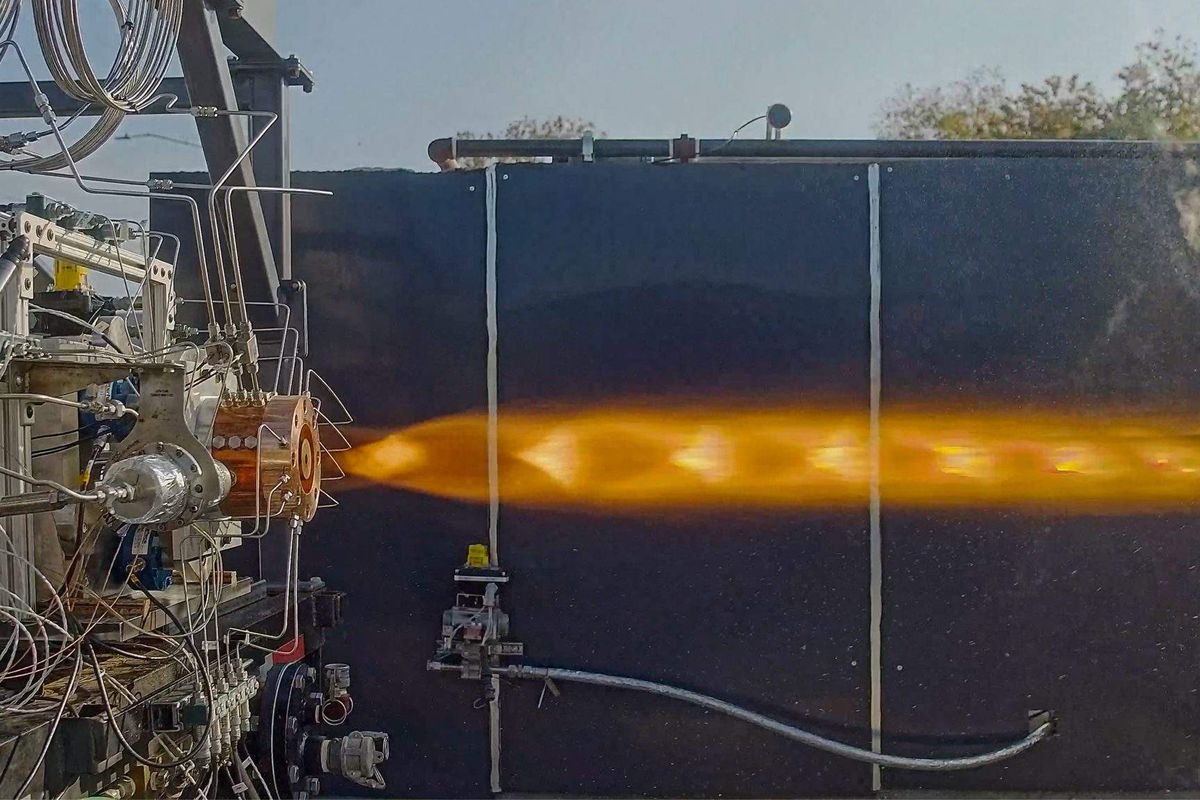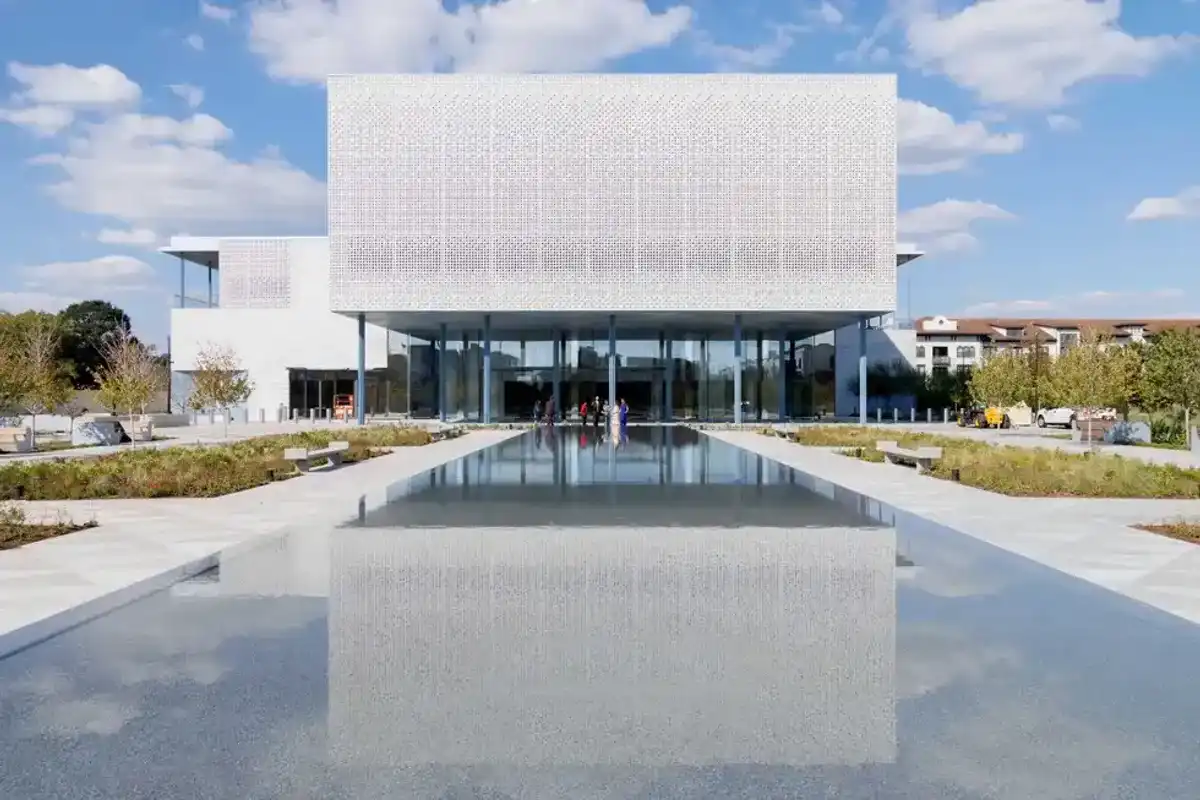Houston health care institution secures $100M for expansion, shares renderings
fresh funding
Baylor College of Medicine has collected $100 million toward its $150 million fundraising goal for the college’s planned Lillie and Roy Cullen Tower.
The $100 million in gifts include:
- A total of $30 million from The Cullen Foundation, The Cullen Trust for Health Care, and The Cullen Trust for Higher Education.
- $12 million from the DeBakey Medical Foundation
- $10 million from the Huffington Foundation
- More than $45 million from members of Baylor’s Board of Trustees and other community donors, including the M.D. Anderson Foundation, the Albert and Margaret Alkek Foundation, and The Elkins Foundation.
“The Cullen Trust for Health Care is very honored to support this building along with The Cullen Foundation and The Cullen Trust for Higher Education,” Cullen Geiselman Muse, chair of The Cullen Trust for Health Care, says in a news release. “We cannot wait to see what new beginnings will come from inside the Lillie and Roy Cullen Tower.”

The Lillie and Roy Cullen Tower is set to open in 2026. The 503,000-square-foot tower is the first phase of Baylor’s planned Health Sciences Park, an 800,000-square-foot project that will feature medical education and research adjacent to patient care at Baylor Medicine and Baylor St. Luke’s Medical Center on the McNair Campus.
The Baylor campus is next to Texas Medical Center’s Helix Park, a 37-acre project that will support healthcare, life sciences, and business ventures. Baylor is the anchor tenant in the first building being constructed at Helix Park.
“To really change the future of health, we need a space that facilitates the future,” says Dr. Paul Klotman, president, CEO, and executive dean of Baylor. “We need to have a great building to recruit great talent. Having a place where our clinical programs are located, where our data scientists are, next to a biotech development center, and having our medical students all integrated into that environment will allow them to be ready in the future for where healthcare is going.”
In the 1940s, Lillie and Roy Cullen and the M.D. Anderson Foundation were instrumental in establishing the Texas Medical Center, which is now the world’s largest medical complex.
“Baylor is the place it is today because of philanthropy,” Klotman says. “The Cullen family, the M.D. Anderson Foundation, and the Albert and Margaret Alkek Foundation have been some of Baylor’s most devoted champions, which has enabled Baylor to mold generations of exceptional health sciences professionals. It is fitting that history is repeating itself with support for this state-of-the-art education building.”

- Texas nonprofit cancer research funder doles out millions to health professionals moving to Houston ›
- Report: Houston to see highest concentration of medical office project completions this year ›
- Rising TMC development names Houston health care institution as anchor tenant ›
- Portal Innovations to expand into Houston Helix Park - InnovationMap ›
- Baylor Medicine opens inclusive Skin of Color Clinic in Houston - InnovationMap ›
- Baylor Genetics lab is translating genetics research into clinical diagnostics - InnovationMap ›





 2025 Houston Innovation Awards winners revealed at annual eventThe 2025 Houston Innovation Awards winners have been revealed. Courtesy photo
2025 Houston Innovation Awards winners revealed at annual eventThe 2025 Houston Innovation Awards winners have been revealed. Courtesy photo